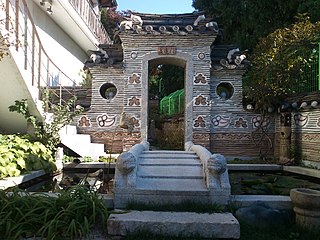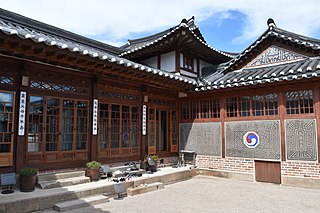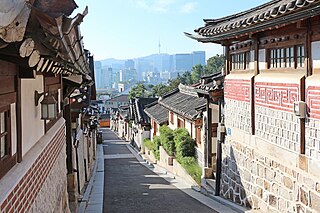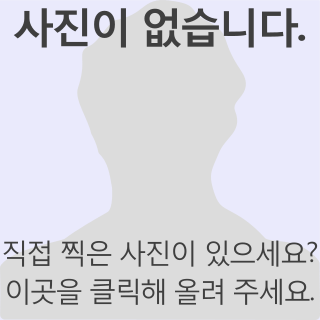Self-guided Sightseeing Tour #3 in Seoul, South Korea
Legend
Guided Free Walking Tours
Book free guided walking tours in Seoul.
Guided Sightseeing Tours
Book guided sightseeing tours and activities in Seoul.
Tour Facts
1 km
11 m
Experience Seoul in South Korea in a whole new way with our free self-guided sightseeing tour. This site not only offers you practical information and insider tips, but also a rich variety of activities and sights you shouldn't miss. Whether you love art and culture, want to explore historical sites or simply want to experience the vibrant atmosphere of a lively city - you'll find everything you need for your personal adventure here.
Activities in SeoulIndividual Sights in SeoulSight 1: Bukchon Art Museum
Bukchon Art Museum (Korean: 북촌미술관) is an art museum in Seoul, South Korea. It has 150 pieces of Korean modern art, 200 pieces of Chinese art, 2500 of old documents of Joseon dynasty in total of 2850.
Sight 2: Baek In-Je's House In Gahoe-dong
The Baekinje House (嘉會洞 白麟濟 家屋) is a house during the Japanese colonial period in Bukchon-ro 7-gil, Jongno-gu, Seoul. On March 17, 1977, it was designated as the 22nd Folk Cultural Property of the Seoul Metropolitan Government. When it was registered as a folklore in 1977, it was owned by Baek In-je, the founder of Baek Hospital, so it was named Baekin-je House.
Sight 3: Gahoe Museum
Gahoe Museum (Korean: 가회박물관) is a private museum in Gahoe-dong, Jongno District, Seoul. Established in 2002, its collection includes over 1,500 items, including 750 amulets, 250 items of folk paintings, approximately 150 classical books, and 250 other odd items. The museum is located on a street of traditional Hanok houses and gardens. The main exhibition hall retains traditional Joseon era architectural features.
Sight 4: Gahoedong Catholic Church
Gahoe-dong Catholic Church (嘉會洞聖堂) is a Catholic church affiliated with the Archdiocese of Seoul located in Gahoe-dong, Jongno-gu, Seoul. The address is 57, Bukchon-ro, Jongno-gu, Seoul.
Sight 5: Bukchon Hanok Village
Get Ticket*Bukchon Hanok Village (Korean: 북촌한옥마을) is a residential neighborhood in Jongno District, Seoul, South Korea. It has many restored traditional Korean houses, called hanok. This has made it a popular tourist destination, which has caused some friction with the residents who live there.
Sight 6: Yi Jungu's House in Gahoe-dong
The Lee Joon-gu House (嘉會洞 李俊九 家屋) is a building during the Japanese colonial period located at Bukchon-ro 11-ga, Jongno-gu, Seoul. On May 28, 1991, it was designated as the second cultural property of the Seoul Metropolitan Government.
Share
How likely are you to recommend us?
Disclaimer Please be aware of your surroundings and do not enter private property. We are not liable for any damages that occur during the tours.
GPX-Download For navigation apps and GPS devices you can download the tour as a GPX file.



